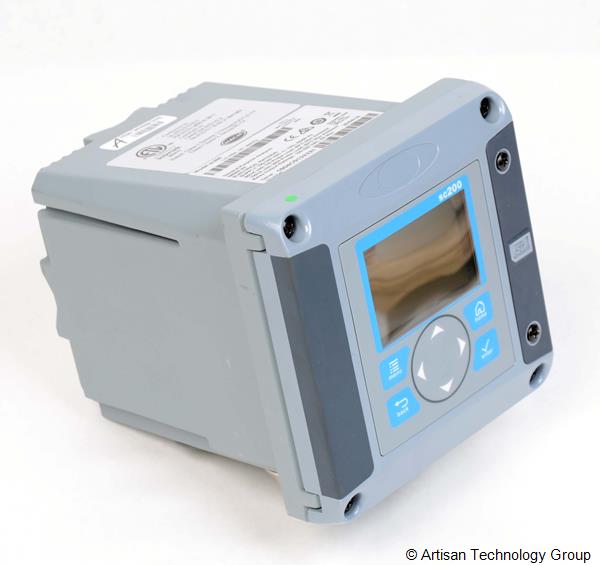-->
By default, the combined operation of the Ports class installer and the Serial function driver configure a serial port as a COM port. Serial creates a COM port device interface for a serial port if the SerialSkipExternalNaming entry value for a device does not exist or is set to zero. For more information about how Serial creates a COM port device interface for a COM port and how to override this operation, see External Naming of COM Ports.
At Hach, our products are meant to make water analysis better, faster, and more informative with our knowledgeable experts and easy to use products.
- Driver's vision port About this detail of the Tiger As first designed, the Tiger provided its driver with a direct-vision visor and an episcope; but the latter was deleted in February 1943. There was a periscope in the driver's hatch, but it faced to the side and could not rotate.
- Download the latest drivers, firmware, and software for your HP Color LaserJet Enterprise M651 series.This is HP’s official website that will help automatically detect and download the correct drivers free of cost for your HP Computing and Printing products for Windows and Mac operating system.
- In order to connect to the HQ40D to BOD Manager you need the Virtual Serial Port Driver installed. The driver is installed with the Hach WIMS 7.2 or later client. However, if you installed an update/patch to get WIMS 7.2 the driver will NOT be installed.

The Ports class installer performs the following tasks when it installs a serial port:
Selects a COM port number and sets a port name in the PortName entry value under the device's hardware key. The port name has the format COM<n>, where <n> is the port number. If Serial creates a COM port interface for the serial port, Serial uses the value of PortName as the symbolic link name for the COM port.
Displays a default property page dialog box, which allows a user to select settings for the port. For information about how to install a custom properties page, see Installing an Advanced Properties Page for a COM Port.
Sets the device friendly name for the device. You obtain the name using the SPDRP_FRIENDLYNAME flag with SetupDiGetDeviceRegistryProperty.
You can supply a co-installer to set registry settings for a Plug and Play serial device. If an entry value is not present in the registry, Serial uses a default value for the port.
About this detail of the Tiger
As first designed, the Tiger provided its driver with a direct-vision visor and an episcope; but the latter was deleted in February 1943. There was a periscope in the driver's hatch, but it faced to the side and could not rotate.
This photo (of the Vimoutiers Tiger) shows the external layout of the visor. The driver peered through a slit whose size he could adjust by moving two armour shields. The upper and lower shields were geared to move simultaneously, preserving the center of the slit. At left and right there were fixed steel covers. A guard bar was bolted into the glacis plate to protect the bottom joint.
Looking from above, we can see that the side armour blocks provide machined channels to guide the movable shields. The bar on the glacis plate is keyed into a channel as well as being bolted. Its bolts have tapered flat heads, minimising the chance of damage from impacts.
With the visor components removed, this is the external appearance of the port (on the Bovington vehicle during restoration). In this particular hull the armour was drilled with two holes for the episcope, above the visor, but they were plugged when installation of the device was cancelled. A standard German vision block was located behind the central opening. I don't know the purpose of the two smallest holes; they were blocked by the upper shield in all positions.
This is one of the side covers (with its original primer and ivory paint). The long tab extends through a hole and into the tank. The cover is also keyed into a recess in the armour, 10mm deep.
Inside the tank, the end of the tab was locked solidly in place by hammering a U-shaped piece of metal into it. The U was longer than the tab, presumably so that something could be inserted to provide leverage for hammering it out again.
The movable shields were raised and lowered by cams, two each, on axles that were turned from inside the tank. I have no images of the cams. At the top and bottom, long channels were machined into the front plate, 5mm deep and 30mm wide, along the full width of the shields. This ensured that the upper and lower edges of the moving shields were not in contact with the front plate; if they had been, tiny steel splinters from impacts could have become caught in them and prevented their motion.
All of the components described above were solid steel blocks. There was no external mechanism except for the rotating cams, which fit into holes on the back of the shields. Waterproof sealing apparently consisted of grease on the backs of the side armour blocks, seals in the bearings of the cams, and seals on and around the vision block inside the wall.


Driver's Hatch Port Devices Lucie
This view inside the Bovington tank (after repainting) shows some of the holes for the bolts of the guard bar.
These are diagrams of the guard bar.
Driver's Hatch Port Devices Florida
[1] Survey of Tiger 250122, at Bovington museum, by David Byrden